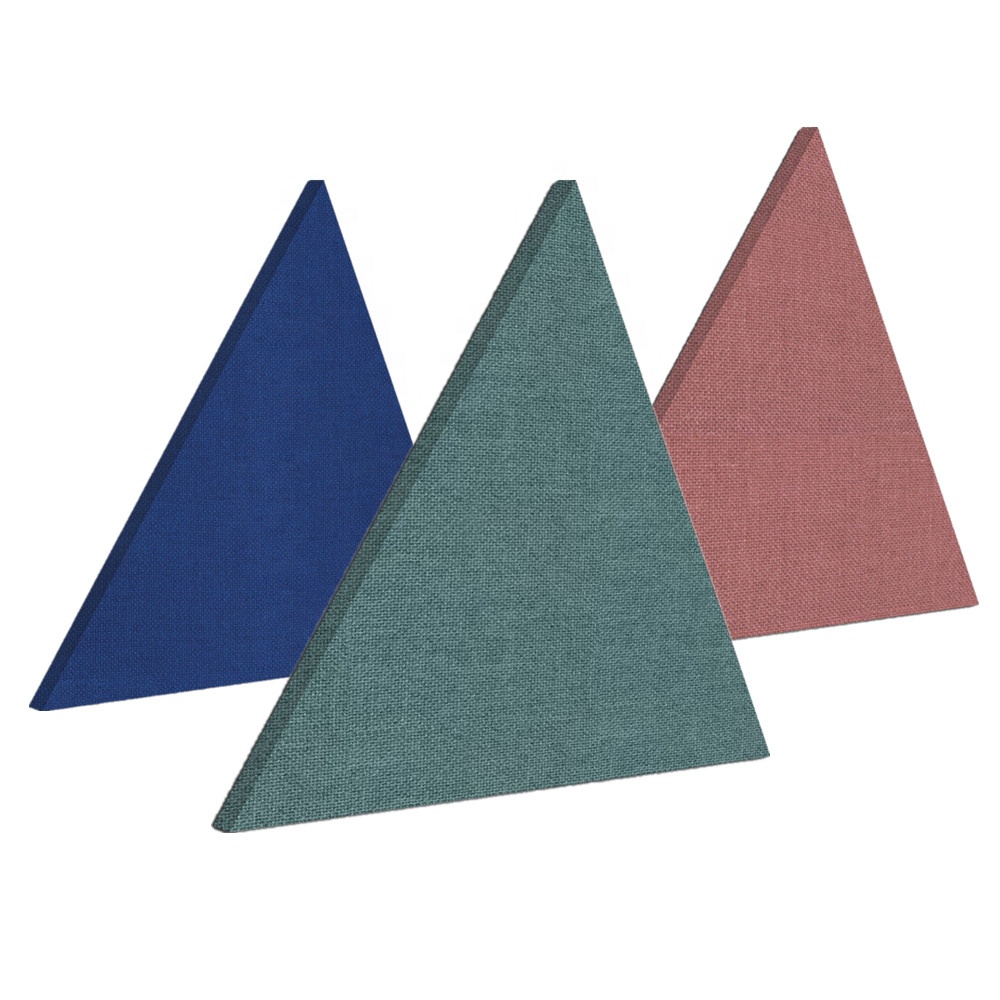Basic guide to help you create your own acoustic fabric-wrapped panel
2023-12-25
Creating a DIY acoustic fabric-wrapped panel is a cost-effective and customizable way to improve the acoustics of a room. These panels can be made with readily available materials and offer flexibility in terms of size, shape, and fabric selection. Here's a basic guide to help you create your own acoustic fabric-wrapped panel:
Materials Needed:
1. Acoustic Core Material:
- Options: Fiberglass panels, mineral wool, or acoustic foam are commonly used as the core material.
- Density: Choose a core material with sufficient density to absorb sound effectively.
2. Wooden Frame:
- Material: Use plywood or medium-density fiberboard (MDF) to create the frame.
- Thickness: Typically, 1/2 inch to 3/4 inch thickness is suitable.
3. Fabric:
- Acoustic Fabric: Choose a breathable fabric designed for acoustic applications. Guilford of Maine and other acoustic fabric manufacturers offer a wide range of options.
- Quantity: Ensure you have enough fabric to cover the entire panel with some excess for wrapping around the edges.
4. Adhesive:
- Spray Adhesive: High-quality spray adhesive for attaching the fabric to the panel.
- Wood Glue: If you're assembling a wooden frame, use wood glue to join the pieces together.
5. Mounting Hardware:
- French Cleat or Z-Clip: For wall mounting. A French cleat provides a secure and adjustable mounting solution.
- Screws: To attach the cleat or z-clip to the panel.
6. Tools:
- Saw: For cutting the frame and core material to the desired size.
- Staple Gun: To attach the fabric to the frame.
- Measuring Tape and Ruler: For accurate measurements.
- Utility Knife or Scissors: For cutting fabric.
Steps:
1. Design and Measure:
- Determine the size of the panel based on the dimensions of the wall and the acoustic requirements of the space.
- Cut the wooden frame pieces to the desired size.
2. Assemble the Frame:
- Use wood glue to join the frame pieces together.
- Reinforce the corners with wood screws for added strength.
3. Cut the Acoustic Core:
- Cut the acoustic core material to fit inside the frame. Use a saw or utility knife for precision.
4. Attach the Core to the Frame:
- Apply adhesive to the frame and press the acoustic core into place.
- Allow the adhesive to dry completely.
5. Wrap the Panel with Fabric:
- Lay the fabric face down and place the panel in the center.
- Pull the fabric tightly over the panel, starting from one side.
- Use a staple gun to secure the fabric to the back of the frame.
- Trim excess fabric as needed.
6. Mounting:
- Attach a French cleat or z-clip to the back of the panel for wall mounting.
7. Install:
- Hang the panel on the wall, ensuring it is securely fastened.
Tips:
- Choose a fabric color and pattern that complements the room's design.
- Experiment with different core materials to achieve the desired acoustic performance.
- If making multiple panels, ensure consistency in size and design for a cohesive look.
Creating DIY acoustic fabric-wrapped panels allows for customization to suit your specific needs and aesthetics while providing effective sound absorption for your space.



